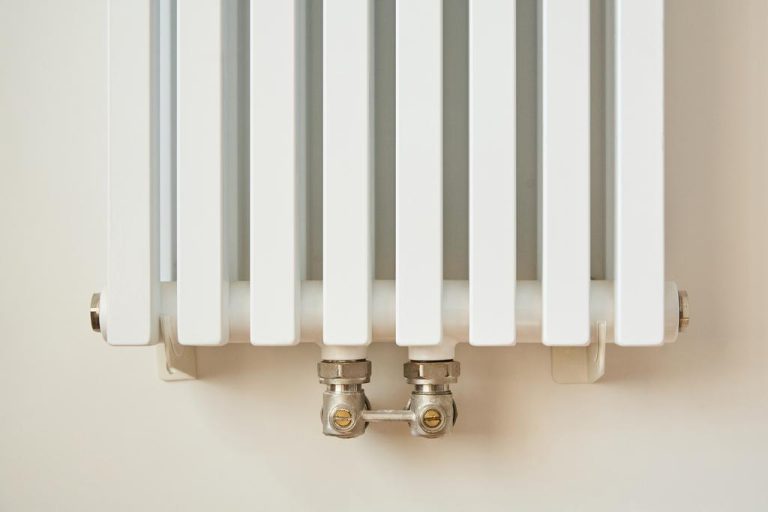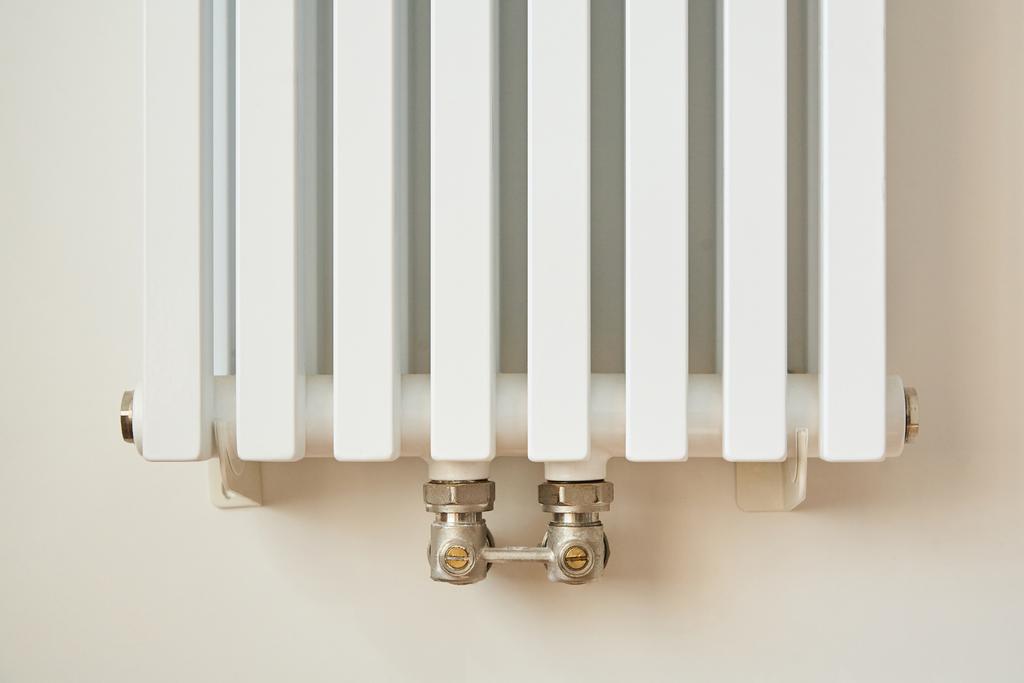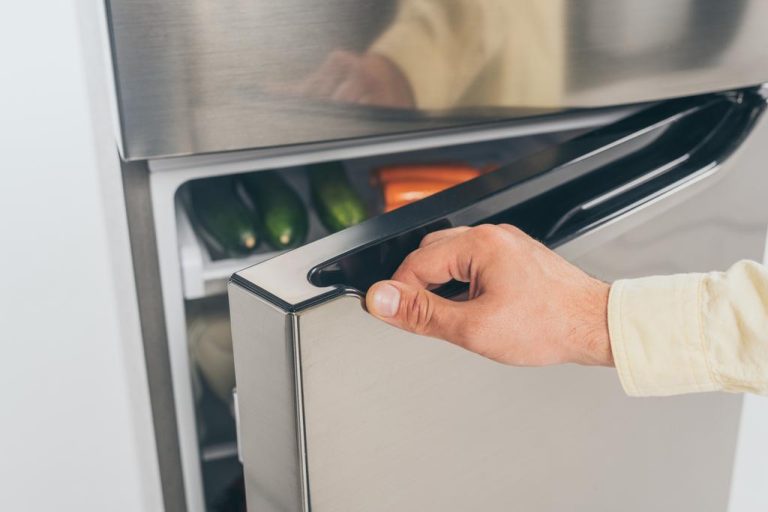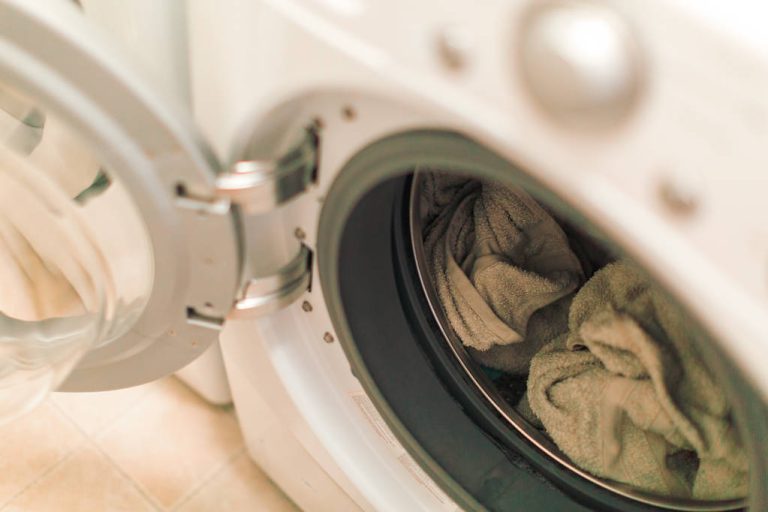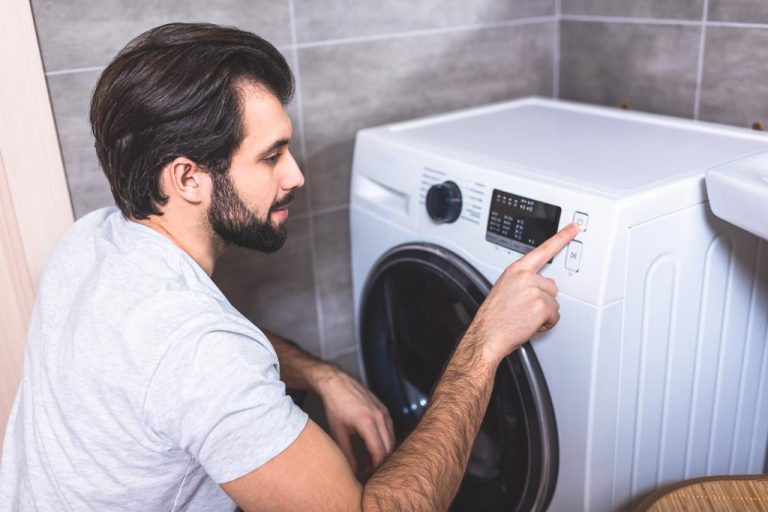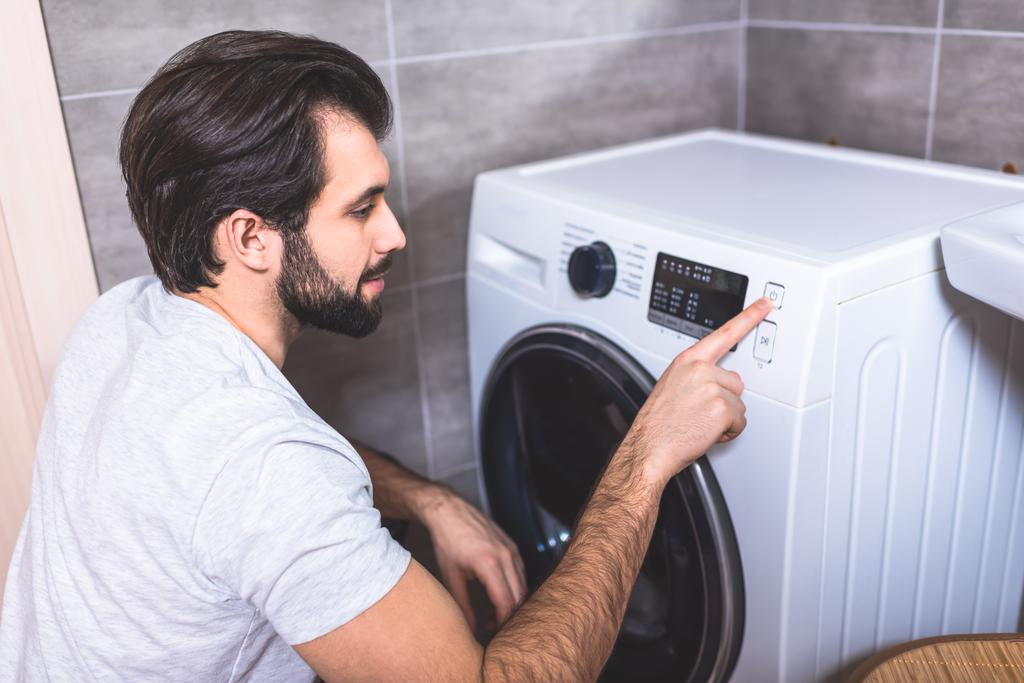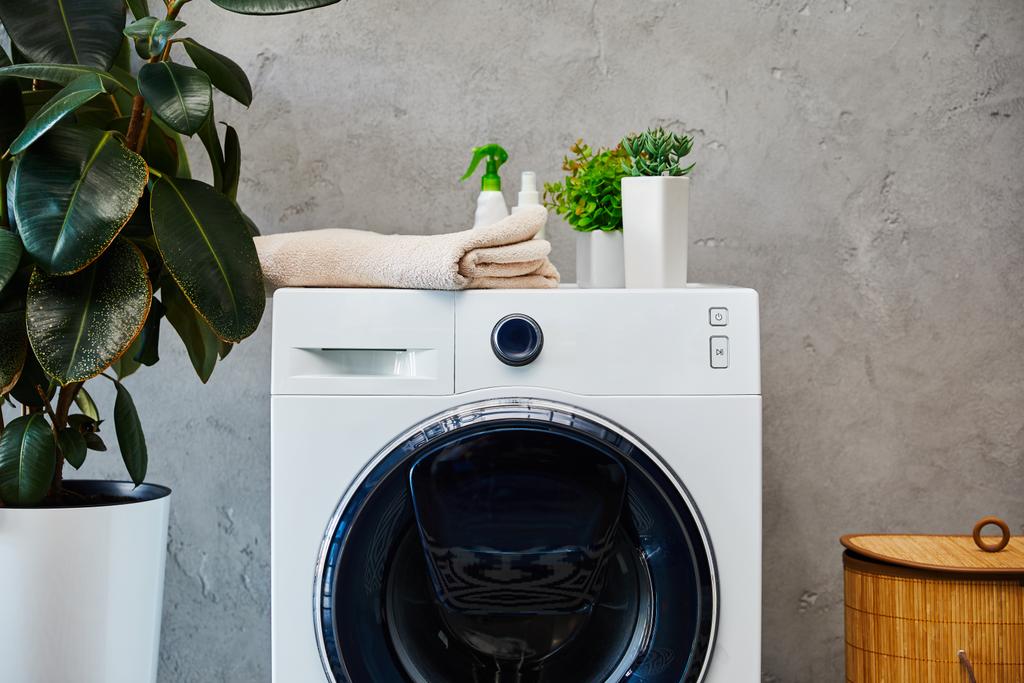We show you simple tricks to save taxes in the household. Ideal for housewife tax returns.
1) Save taxes with a craftsman’s invoice
Not only homeowners who have to have repairs carried out in rented apartments, such as heating fitters, gas and water fitters, roofers, or chimney sweeps, can deduct these costs for tax purposes. The “normal” consumer can also claim the craftsmen’s invoices, e.g. for the repair of the washing machine or dishwasher, for tax purposes. However, only the travel costs and the wages, both without VAT, are calculated. The material costs cannot be taken into account. However, only 20% of the invoice is recognized, up to a maximum of 1,200 euros.
2) Save taxes by billing doctors and pharmacies

Practice fees, co-payments for medicines, and co-payments for operations, cures, and dentures can be claimed as an extraordinary tax burden. However, the medication and cures must have been prescribed by a doctor. Over-the-counter medicines cannot be considered. However, the sum must be above the reasonable personal contribution. This is lower for single parents and married people with children than for single people, depending on income.
3) Save taxes by laundering specific work clothes
Typical workwear that is washed at home can be set at 102 euros as income-related expenses or as operating expenses for the self-employed without proof. Typical work clothing includes, for example, uniforms for police officers, smocks and tunics for nursing staff (not white trousers), aprons and trousers for cooks, work trousers and overalls for fitters, plumbers, etc. A lawyer’s suit, for example, cannot be taken into account, as this is also can be worn in your free time. If the work clothes are not provided, their purchase can also be claimed as income-related expenses. If the work clothes are washed in the dry cleaners, you can of course deduct the costs for this.
4) Save taxes with babysitters and cleaning lady
Anyone who employs a cleaning lady, a babysitter, a gardener, etc. for EUR 400 per month can claim 20% of the costs, but a maximum of EUR 510 per year for tax purposes. It is important that the employment relationship is registered with the mini job center.
Anyone who does not use such services in a marginal employment relationship can deduct 20% of these costs from their taxes, up to a maximum of EUR 4,000.
5) Clever savings with a tax allowance
Clever savings are made easy with tax allowances for employees. In this way, you generate assets for employees through the tax allowance.
Through some effective measures, employees have the opportunity to increase their liquidity, for example by entering allowances on their wage tax card. The employee flat-rate amount, which has been increased retrospectively to 2011 to exactly 1000 euros and relates to income-related expenses, is automatically deducted first. The income-related expenses include all those expenses that are directly related to the professional activity and serve to secure or maintain the profession.
In addition, however, additional allowances can be entered on the wage tax card – this helps the taxpayer to a higher monthly net wage, which in turn gives him more financial flexibility. The disadvantage, however, is that as part of the income tax return or income tax assessment, a large tax refund is no longer to be expected, as would be the case if too much income tax were paid to the tax office every month.
Appropriate tax allowance
Accordingly, it is not advisable to set the allowances too high, otherwise, there is a risk of back tax payments, and not every taxpayer manages to create sufficient reserves over the course of the tax year to be able to settle the tax liability. The allowances for employees are entered on the income tax card at the tax office – until the end of 2011, it is therefore necessary for the employee to first collect the income tax card from the employer in order to then present it to the tax office. From 2012, there will no longer be an additional trip to the employer, since the electronic wage tax card has already been definitively introduced by that time.
6) Save taxes with the income tax assistance association

All tips for saving taxes with an income tax assistance association. Save money cleverly with little effort for everyone. The tax issue is annoying every year. However, if you are an employee, the income tax return is not a compulsory submission. Therefore, many employers shy away from this annual income tax return to their tax office. However, it would be worth it in almost every case.
A wage tax assistance association as a cheap solution
If you need help preparing your tax return, ask whether this help can also be provided by an income tax assistance association. The services of an income tax assistance association are cheaper than those of a tax consultant. However, only employees may be advised here. Here you will find the United Income Tax Aid e.V., which has offers throughout Germany.
Costs of an income tax assistance association
The annual costs to be paid to the club depend on income and some clubs add a small one-time admission fee.






